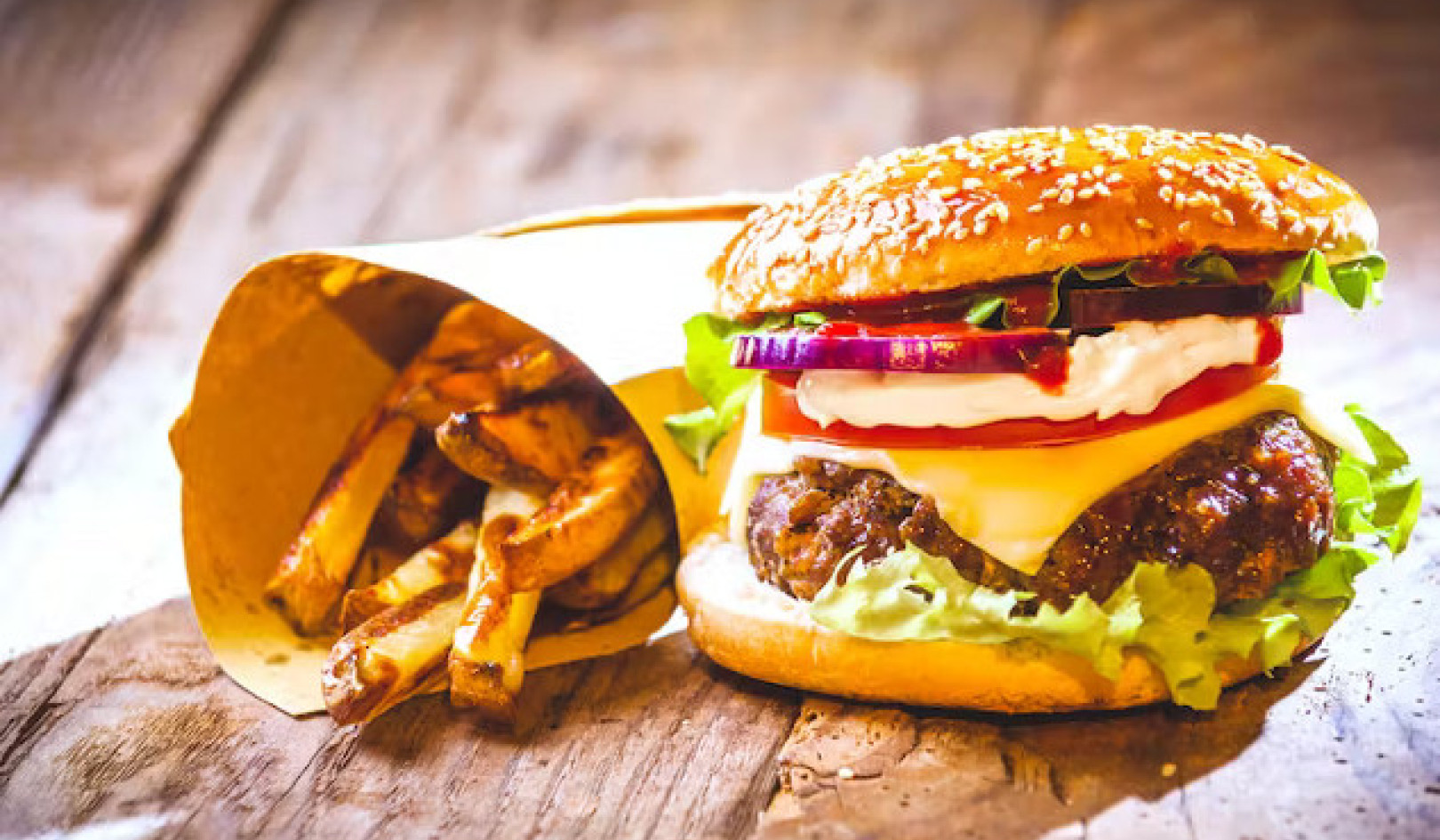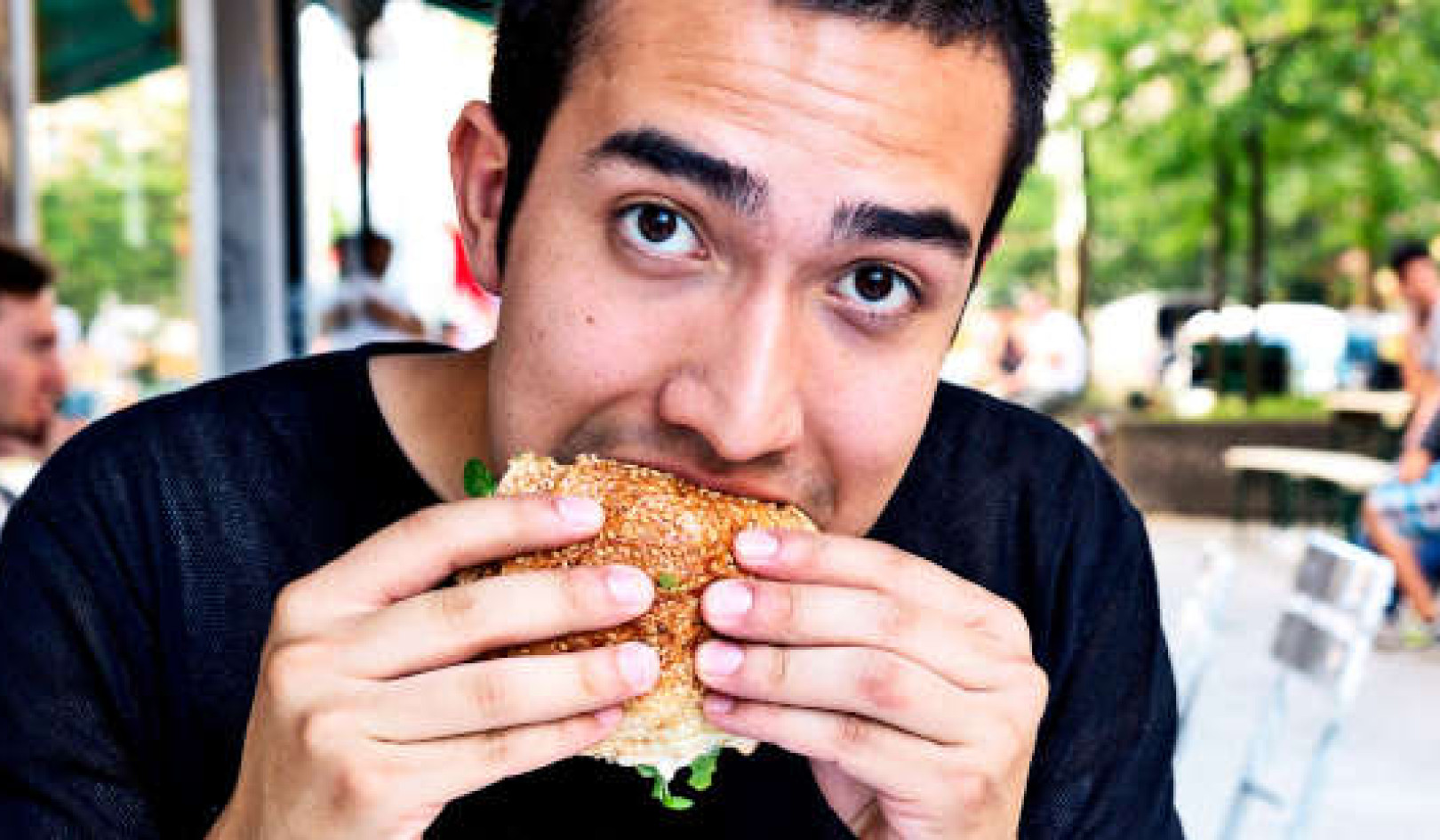Few things are so deeply infected by fads, frauds and quackery as nutrition. As such, it is through a lens of healthy scepticism that we should view any new diet. The latest to make headlines is the Sirtfood diet which, if we are to take claims at face value, will assist with weight loss as well as offering other benefits such as “stimulating rejuvenation and cellular repair”.
For the uninitiated, this latest diet is based around consumption of foods which might interact with a family of proteins known as sirtuin proteins, or SIRT1 - SIRT7. Adding to the diet’s undoubted appeal is the fact that the best sources supposedly include red wine and chocolate, as well as citrus fruits, blueberries and kale. During the first three days, calorie intake is limited (1,000 calories per day) and consists of three Sirtfood green juices, plus a normal meal rich in “Sirtfoods”. On days four to seven, calorie intake is increased (1,500 calories) and consists of two juices and two meals. Beyond that the recommendation is to eat a balanced diet rich in sirtuin foods, along with further green juices. Prawns and salmon also feature in the meal plans.
It sounds tasty – and sirtuins are indeed implicated in a wide range of cellular processes including metabolism, ageing and circadian rhythm. The diet is also based in part, on calorie restriction. The nutritionists behind this suggest that the diet “influences the body’s ability to burn fat and boosts the metabolic system”.
The diet decoded
So what do we know about this diet? From a scientific perspective, the answer is: very little. Sirtuins contribute to regulation of fat and glucose metabolism in response to changes in energy levels. They might also play a part in the effect of calorie restriction on improvements in ageing. This is perhaps via sirtuins' effects on aerobic (or mitochondrial) metabolism, lowering of reactive oxygen species (free radicals) and increases in antioxidant enzymes.
Furthermore, research suggests that transgenic mice with higher levels of SIRT6 live significantly longer than wild-type mice, and that changes in SIRT6 expression may be relevant in ageing of some human skin cells. SIRT2 also has been shownto slow metazoan (yeast) ageing.
Get The Latest By Email
It sounds impressive and the diet has some glowing reviews, but none of this represents compelling scientific evidence of the Sirtfood Diet having similar effects on real people. It would be a colossal over-extrapolation to assume that laboratory research conducted on mice, yeast and human stem cells has any bearing on real-world health outcomes – tainted as they are by a multitude of confounding variables.
The science of weight loss
Doubtless the diet will appear to work for some people. But scientific proof of any diet’s successes is a very different matter. Of course, the ideal study to consider the effectiveness of a diet on weight loss (or any other outcome, such as ageing) would require a sufficiently large sample – representative of the population we are interested in – and random allocation to a treatment or control group. Outcomes would then be monitored over an adequate period of time with strict control over confounding variables, such as other behaviours that may positively or negatively affect the outcomes of interest (smoking, for exmaple, or exercise).
This research would be limited by methods such as self-reporting and recollection, but would go some way to discovering the effectiveness of this diet. Research of this nature, however, does not exist and we should therefore be cautious when interpreting basic science – after all, human cells in a tissue culture dish probably react very differently to the cells in a living person.
 Diet
tipple: one for the road? Yevgeniy Shpika/flickr, CC BY
Diet
tipple: one for the road? Yevgeniy Shpika/flickr, CC BY
Further doubt is cast over this diet when we consider some of the specific claims. Losses of seven pounds in one week are unrealistic and are very unlikely to reflect changes to body fat. For the first three days, dieters consume around 1000 kcal per day – around 40–50% of what most people require. This will result in a rapid loss of glycogen (a stored form of carbohydrate) from skeletal muscle and the liver.
But for every gram of stored glycogen we also store approximately 2.7 grams of water, and water is heavy. So for all the lost glycogen, we also lose accompanying water – and hence weight. Additionally, diets that are too restrictive are very hard to follow and result in increases in appetite-stimulating hormones, such as ghrelin. Weight (glycogen and water) will therefore return to normal if the urge to eat wins out.
In general, application of the scientific method to the study of nutrition is difficult. It is often not possible to carry out placebo-controlled trials with any degree of ecological validity, and the health outcomes that we are often interested in play out over many years, making research design challenging. Furthermore, studies in large populations depend on surprisingly simplistic and naïve data collection methods such as recollection and self-reporting, which produce notoriously unreliable data. Against this background noise, nutrition research has a difficult job.
Is there a quick fix?
Unfortunately, not. Sensationalised headlines and often hyperbolic representation of scientific data results in the seemingly endless controversies about what – and how much – we should eat, further fuelling our obsession with a “quick-fix” or miracle cure, which in itself is an endemic social problem.
For the reasons outlined, the Sirtfood diet should be consigned to the fad pile – at least from a scientific perspective. Based on the evidence we have, to suggest otherwise is at best spurious and at worst misleading and damaging to the genuine aims of public health strategy. The diet is unlikely to offer any benefit to populations facing an epidemic of diabetes, lurking in the shadow of obesity. As stated very clearly by others, special diets do not work and dieting in general is not a public health solution for societies where more than half of adults are overweight.
Presently, the best strategy is long-term behaviour change combined with political and environmental influence, aimed at increased physical activity and some form of conscious control over what we eat. It’s not a quick fix, but it will work.
Enclosures
- ^ ()







